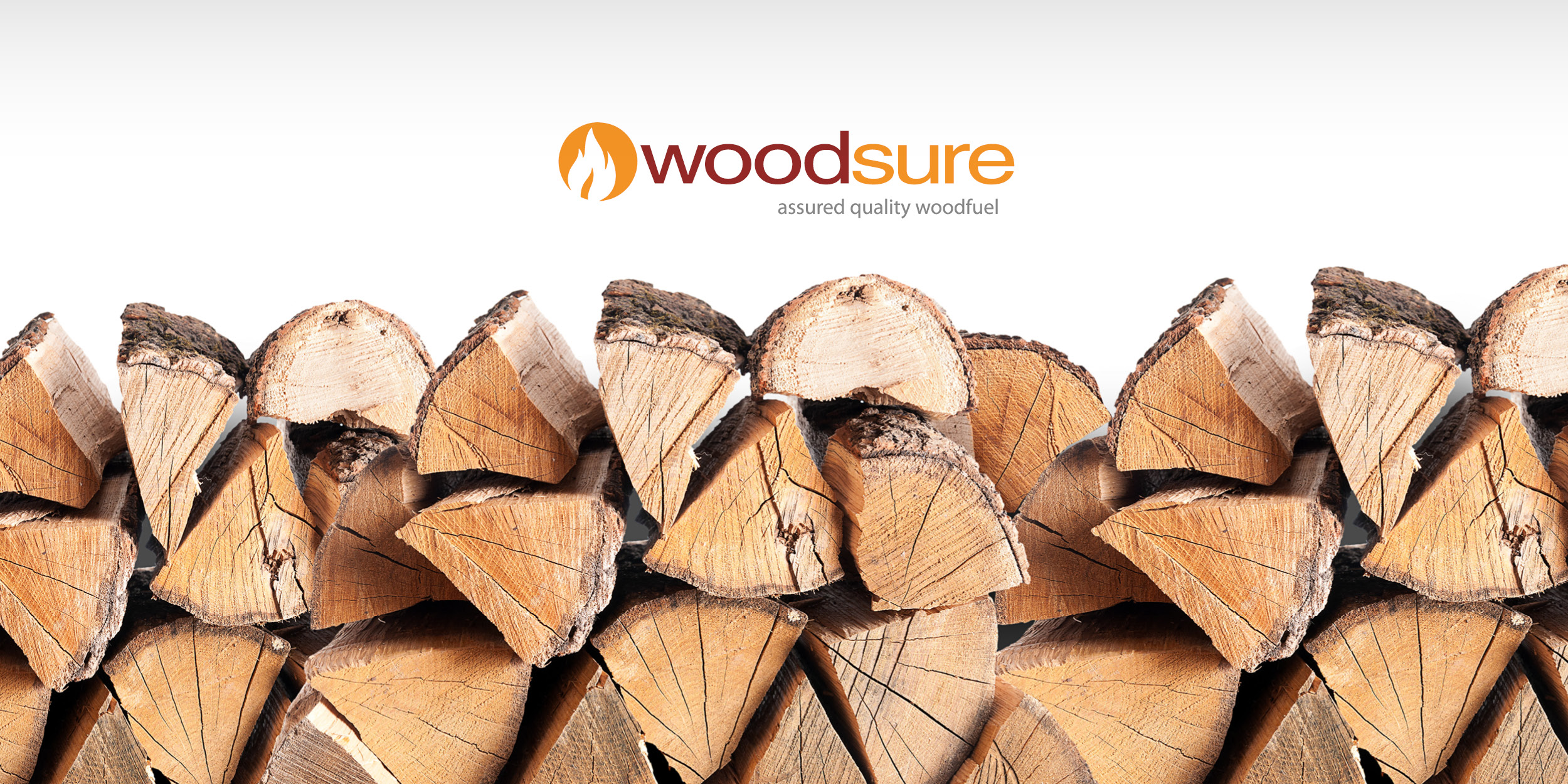Apply now
The Woodsure approach attempts to minimise the practical and administrative demands upon producers and suppliers, thus helping to keep production costs down.

There are 5 main steps to achieving Woodsure Quality assurance:
- Submit your application form and make payment
- Produce your Quality Manual
- Undergo a Woodsure audit
- Successful product specification test
- Your application is approved and you can now utilise the Woodsure benefits
There are 5 main steps to achieving Woodsure Quality assurance:
- Submit your application form and make payment
- Produce your Quality Manual
- Undergo a Woodsure audit
- Successful product specification test
- Your application is approved and you can now utilise the Woodsure benefits
How can we help?
General application questions
Once submitted, your manual is assessed and any shortfalls or clarifications should be addressed.
An audit is carried out to assess the company procedures, the fuel is then sampled and tested. If all meet the Woodsure requirements, the test results and audit are independently assessed to ensure the outcome is fair.
Once you have applied you must produce a manual. There are 3 ways depending on the type of supplier you are and how much fuel you produce.
If you produce less than 750t each year, you will be provided with a link to a questionnaire, once you have applied to Woodsure. Your answers to the questionnaire will form your manual.
If you produce more than 750t each year you will need to use the templates which Woodsure has created.
– Wood briquettes
– Firewood
– Chip
These templates are available on the application page.
If you don’t sell the fuel, i.e. you only use it in your own boilers, you will receive a link to an online form to produce your fuel quality manual. The manual is your procedures on how you produce a fuel and is what you will be audited to.
Your fuel needs to be tested as frequently as you feel necessary to demonstrate that the quality of the fuel is controlled.
Moisture content can vary depending on how the chip is stored and how wet it was when chipped. Drying may continue after chipping and particularly in very dry weather could lead to issues with those burning the fuel in their boilers. It is good practice to monitor chip moisture content on at least a weekly basis.
For briquettes, it is a requirement to get a chemical analysis from a test laboratory.
Keeping a record of the moisture content (such as on delivery notes) assists in tracking when there is an issue. These test results are part of your monitoring system and can assist you to continually improve quality management processes and systems.
To confirm if the woodfuel you are supplying is waste please refer to the Ofgem flow diagram to clearly define your fuel type Ofgem Flow Diagram. If following this flow diagram, your fuel is defined as a waste, you do not require Woodsure certification.
You may wish to still apply to Woodsure to utilise the benefits of the scheme.
Questions around fuel quality requirements
Your fuel must have a size and a moisture content. Both affect the efficiency of the boiler and without having both classified, you may well be adversely affecting air quality
Your fuel needs to be tested as frequently as you feel necessary to demonstrate that the quality of the fuel is controlled.
Moisture content can vary depending on how the chip is stored and how wet it was when chipped. Drying may continue after chipping and particularly in very dry weather could lead to issues with those burning the fuel in their boilers. It is good practice to monitor chip moisture content on at least a weekly basis.
For briquettes, it is a requirement to get a chemical analysis from a test laboratory.
Keeping a record of the moisture content (such as on delivery notes) assists in tracking when there is an issue. These test results are part of your monitoring system and can assist you to continually improve quality management processes and systems.
To confirm if the woodfuel you are supplying is waste please refer to the Ofgem flow diagram to clearly define you fuel type Ofgem Flow Diagram. If, following this flow diagram, your fuel is defined as a waste, you do not require Woodsure
certification.
You may wish to still apply to Woodsure for to utilise the benefits of the scheme.
Woodsure Quality Assurance Scheme
Becoming Woodsure Approved offers a range of practical, commercial benefits to anyone involved in timber production, woodland management, woodfuel production, or its supply and distribution.
Ready to Burn Scheme
The Ready to Burn certification scheme is backed by the Government’s Department for Environment, Food and Rural Affairs (DEFRA) to support The Air Quality (Domestic Solid Fuels Standards) (England) Regulations 2020.
It is applied to wood fuels and Manufactured Solid Fuels (MSF).